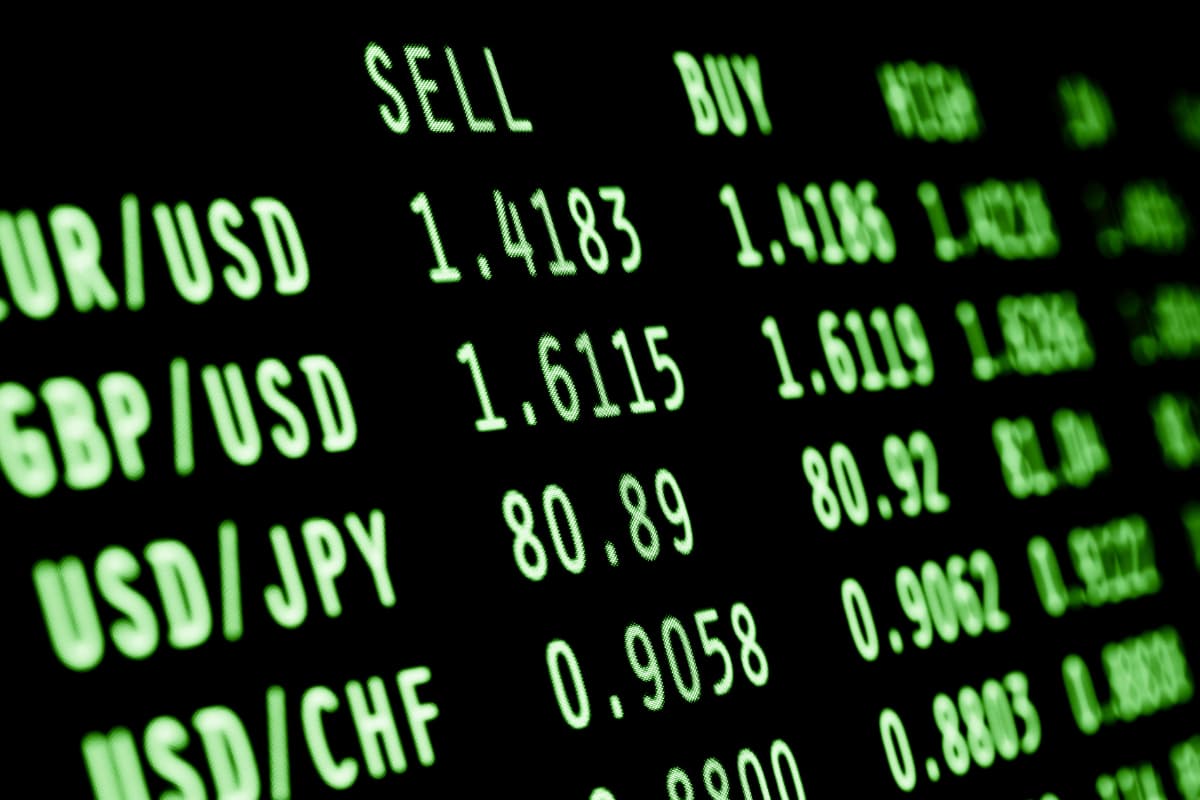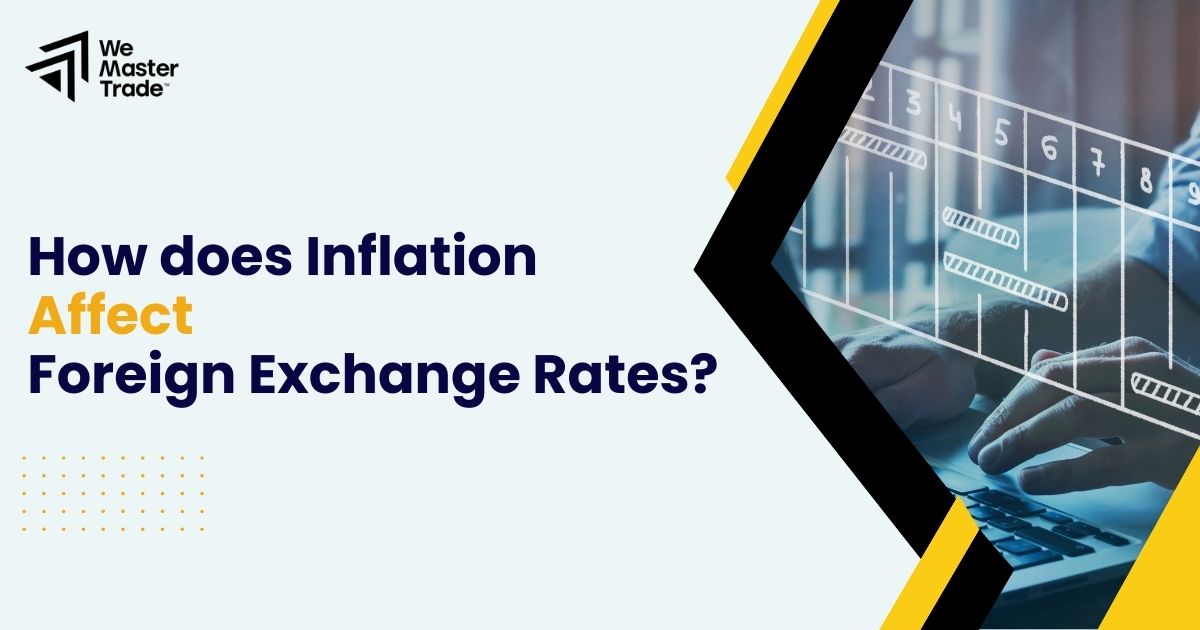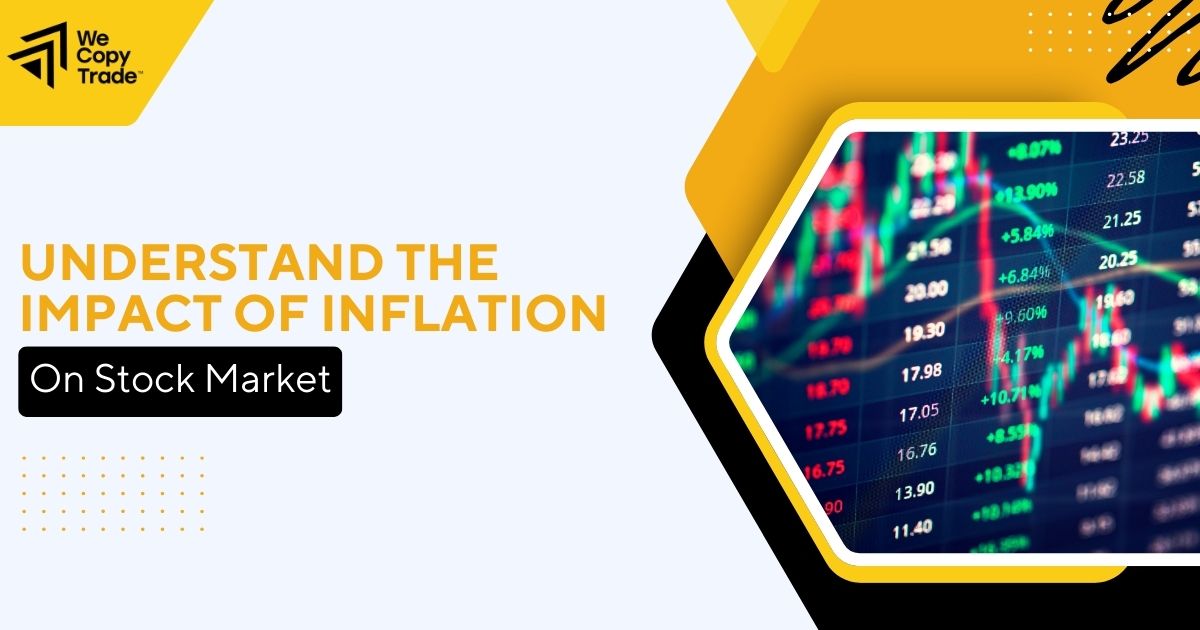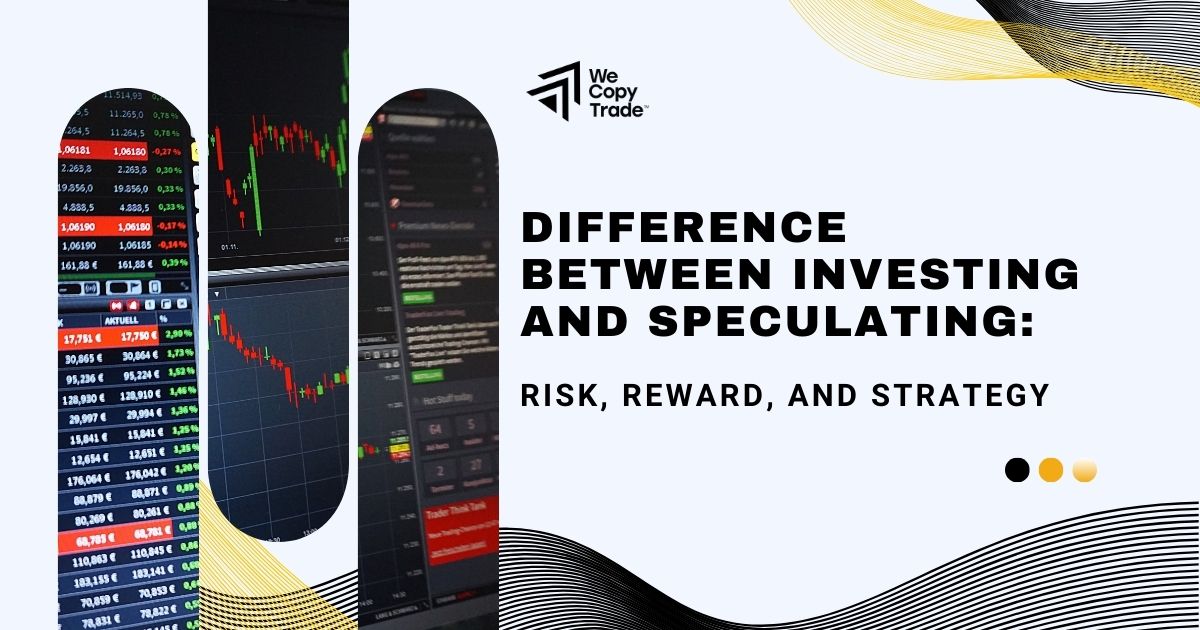
If you hope to make smart trades on foreign exchange, understanding what is Forex liquidity in trading is a must. Liquidity refers to how easy and fast it is to trade on a pair, but many newcomers are unsure of just how important this factor can be.
This topic will explain what liquidity means and why traders must pay attention to it. Knowing when conditions are high or low helps traders prepare strategies for different circumstances. Let us begin our look at why forex liquidity can make or break our trades.
What is Forex Liquidity in Trading?
Liquidity in Forex trading describes how simple or hard it is to trade a currency pair without much affecting its price. In highly liquid markets like EUR/USD, trades happen swiftly since there are a lot of traders purchasing and selling, so prices tend to move smoothly.
However, for less common pairs where not as many traders are trading, it can be tougher to do transactions quickly and costs may jump around more. Traders need to understand that liquidity refers to how thick the activity level is, which influences how fast and steady go through.

Why Liquidity Matters in Forex Trading
It is crucial for Forex traders to understand how liquidity can impact their transactions. Some key reasons include:
- Impact on trade execution: Liquidity affects trade execution, as high liquidity means orders are filled almost instantly with less risk of prices changing. Low liquidity may cause slower execution and increased chances of slippage.
- Spread and transaction costs: The bid-ask spread is influenced by liquidity. More activity leads to tighter spreads and reduced costs, while low liquidity spreads are wider and make trades costlier.
Being aware of these potential effects helps traders prepare strategies for different conditions and market hours when liquidity, and therefore their results, may vary.
High Liquidity vs. Low Liquidity Trading Strategies
The key is selecting strategies suited to whether conditions offer high or low liquidity at the time of trading. This affects optimal order types, position sizing, and other tactical decisions. Here are some main points on high liquidity vs. low liquidity trading strategies:
Trading Major Currency Pairs
- Trade major currency pairs like EUR/USD, USD/JPY, and GBP/USD which are considered highly liquid. They are traded in large volumes and offer tight spreads, lower volatility, and fast order execution.
- Use market orders as liquidity is high so prices will not move much before fills.
- Take larger position sizes since deals can be entered and exited quickly.

Trading Exotic Currency Pairs
- Consider less traded pairs like USD/TRY (U.S.Dollar/ Turkish Lira) or EUR/ZAR (Euro/ South African Rand) during high-impact news events. These exotic currency pairs deliver higher volatility, which means greater profit potential but also come with wider spreads and higher risk.
- Set limit orders to control entry/ exit prices with the potential for slippage.
- Trade smaller positions to avoid affecting prices and use stops to limit risk.
- Be more selective with trades and do not feel pressured to enter positions.
- Monitor order book liquidity and avoid opening positions if the depth is thin.
Factors that Influence Forex Liquidity
Forex liquidity is driven by several factors that affect how smoothly currency pairs can be traded without significantly their prices. Here are the primary reasons liquidity in the Forex market changes:
- Market participation
- Currency pair popularity
- Economic activity
- Market hours and time zones
- Central Bank policies and interest rates
- Geopolitical stability
- News and economic data releases
Market participation
Liquidity goes up when more traders and institutions are actively making deals. Big entities such as central banks, hedge funds, financial institutions, and individual traders all contribute to liquidity. Forex is the world’s largest financial market, with trillions of dollars traded each day. This keeps liquidity strong, especially for popular currency pairs that many traders are trading constantly.
Currency pair popularity
Liquidity is usually higher for popular pairs like GBP/USD, EUR/USD, and USD/JPY. That is because they see high amounts of trading from big banks and individual traders every day. This consistent activity makes their prices move smoothly. Less common pairs like USD/TRY or USD/ZAR tend to have lower liquidity since not as many traders bother with them. This makes their prices fluctuate more wildly.
Economic activity
Currencies from countries with strong, stable economies tend to have high liquidity. The US dollar, euro, and Japanese yen are very liquid because those places have solid economic foundations and worldwide importance. Solid economies make traders feel good about a currency, raising activity levels.
Market hours and time zones
Forex liquidity is impacted by how much trading sessions overlap, like when London and New York hours coincide – usually the busiest time. Liquidity dips during off-hours like late Asian sessions or holidays when fewer traders are around.
Central Bank policies and interest rates
Interest rates and monetary policy from central banks significantly affect liquidity too. When they set rates or do things like quantitative easing, it influences how attractive a currency is to trade. For example, rate increases often pull in foreign investors wanting higher returns, boosting liquidity for that currency.

Geopolitical stability
Things like elections, politics, and how countries get along can raise or lower liquidity. Steady global situations make traders comfortable dealing more, upping liquidity. On the other hand, uncertainty or instability from wars and economic crises tends to scare traders off from trading certain currencies, reducing liquidity.
News and economic data releases
Important announcements about jobs, inflation, or growth are big for getting traders involved. As traders react to the news, it can briefly lift liquidity levels or maybe cause bigger ups and downs for a while. Major reports stir up short-term activity that moves things around.
Managing Liquidity Risks
Risk control is essential to minimizing surprise losses from unpredictable liquidity. Here are some of the key points for handling liquidity risks:
- Trading in low liquidity markets
- Picking the right broker

Trading in Low Liquidity Markets
It is vital to be careful when trading at times when not many people are active, such as weekends, holidays, or overnight sessions. With less activity, prices can change abruptly. To stay safe, traders need to use strategies like placing stop orders in case the market moves against them. It is also best to take smaller trade sizes so one trade will not sway prices.
By managing how much can be lost on any one deal and setting limits, traders may reduce potential surprises from periods of thin liquidity.
Picking the Right Broker
You should pick a reputable broker or copy trade service provider who gives good access to lots of traders and liquidity. Brokers connected to larger market makers can fill trades faster with less difference between buy and sell prices. This makes trades cheaper and reduces headaches from delays.
Selecting carefully means you know your orders will go through smoothly no matter what. Taking time to research brokers and find one with strong liquidity links sets your trades up for consistent, lower-risk execution.
Conclusion
In conclusion, liquidity in Forex trading means how smooth and easy it is to buy and sell different currencies. High liquidity means fast trades at good prices. Low liquidity brings bigger risks of delays and costs changing quickly. Traders need to understand liquidity because how busy the markets are impacts your success. Paying attention to liquidity can stop little issues from becoming big problems and help your trades go way better in the long run.
Learn more tips at our WeMasterTrade Blog.











